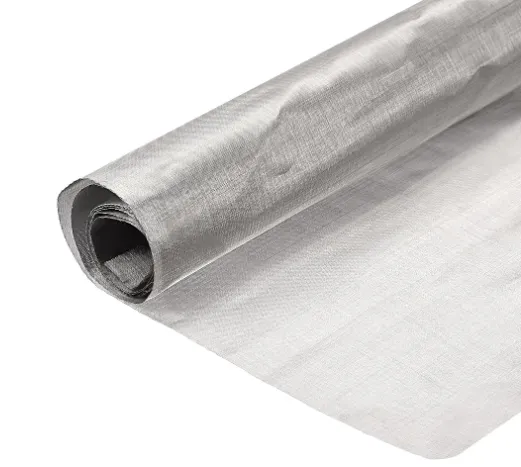The Significance of Catwalk Grating in Architecture and Design
In modern architecture and design, the pursuit of both functionality and aesthetics often leads to innovative solutions that challenge traditional concepts. One such solution is the use of catwalk grating, an integral component in many contemporary structures. This grating not only serves practical purposes but also enhances the overall visual appeal of the spaces it occupies.
Catwalk grating is primarily used in elevated walkways and platforms, allowing for safe passage in various environments. From industrial settings in factories to more sophisticated environments such as commercial buildings, this type of grating provides a robust and durable surface. Its design facilitates drainage and prevents the accumulation of water and debris, which is crucial in maintaining safety and hygiene, especially in areas prone to spills or adverse weather conditions.
The material used for catwalk grating can vary, including fiberglass, aluminum, and steel, each offering different benefits. For instance, fiberglass grating is lightweight, corrosive-resistant, and often chosen for applications in chemical plants and wastewater treatment facilities. On the other hand, steel grating is favored for its exceptional strength and durability, making it suitable for heavy-duty environments. The choice of material not only impacts the functionality but also adds an aesthetic layer to the design, allowing architects to align the grating with the building's overall architectural theme.
catwalk grating

Beyond functionality, catwalk grating has considerable aesthetic potential. Designers are increasingly recognizing the role of industrial materials in creating visually engaging spaces. The open grid design of catwalk grating can create intriguing visual patterns, adding depth and dimension to a space. It allows for creative incorporation into the structure, as seen in trendy urban buildings where the grating is seamlessly integrated into the overall design, often complemented by greenery or other architectural elements.
Moreover, catwalk grating can enhance the sense of openness in a space. Unlike solid flooring, its transparency allows light to filter through and gives an airy feel, making environments appear larger and more inviting. This design strategy is particularly beneficial in commercial spaces, such as retail stores and galleries, where attracting and maintaining customer interest is crucial.
Furthermore, the environmental sustainability of catwalk grating cannot be overlooked. Many manufacturers are now producing eco-friendly variants, such as those made from recycled materials. This shift towards sustainable practices not only minimizes waste but also enhances a building’s reputation as a green structure, appealing to environmentally-conscious consumers and occupants.
In conclusion, catwalk grating represents a perfect blend of functionality and beauty in modern architecture. Its diverse applications across various sectors highlight its importance in both industrial and commercial landscapes. As architects and designers continue to embrace innovative materials and techniques, the role of catwalk grating is poised to evolve further, solidifying its place as a staple in contemporary design. By marrying practicality with aesthetics, catwalk grating offers a glimpse into the future of architecture, where utility and beauty coexist harmoniously.
-
Why Galvanized Trench Cover Steel Grating Resists Corrosion
NewsJul.10,2025
-
The Versatility and Strength of Stainless Expanded Metal Mesh
NewsJul.10,2025
-
Load Calculations in Steel Grating Platforms
NewsJul.10,2025
-
Keeping Pets and Kids Safe with Chicken Wire Deck Railing
NewsJul.10,2025
-
Hole Diameter and Pitch for Round Perforated Metal Sheets
NewsJul.10,2025
-
Aluminium Diamond Mesh in Modern Architecture
NewsJul.10,2025
Subscribe now!
Stay up to date with the latest on Fry Steeland industry news.

